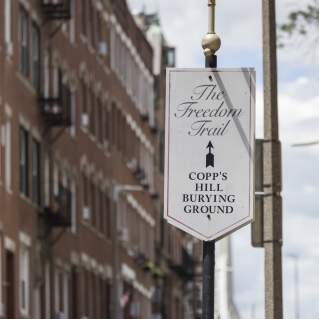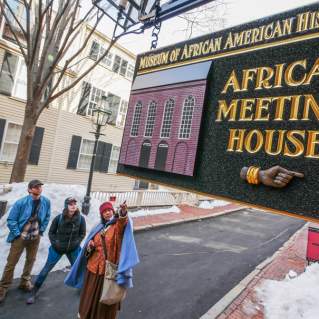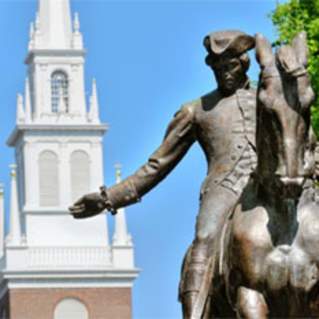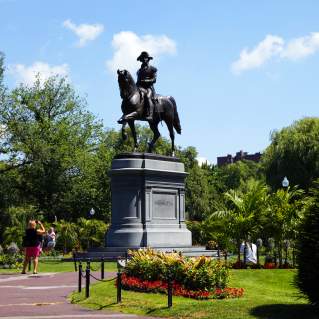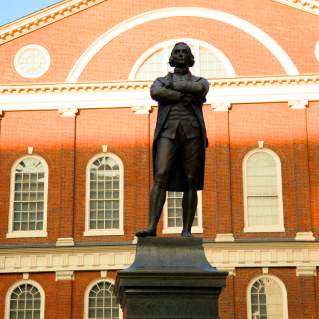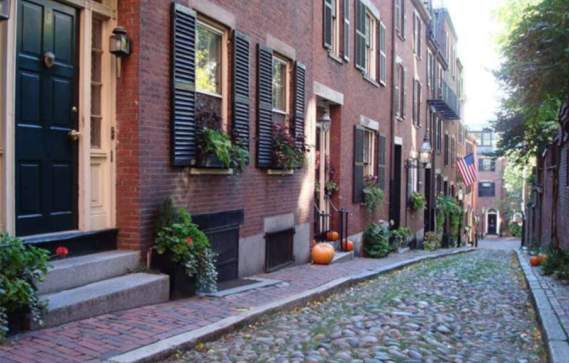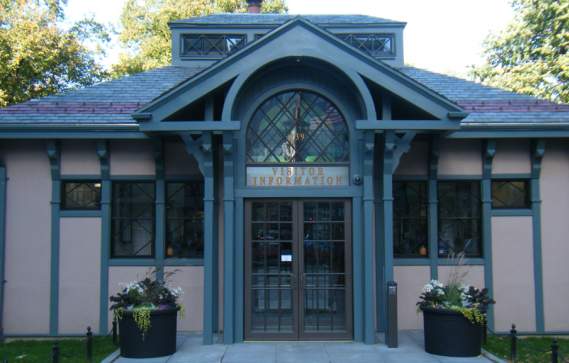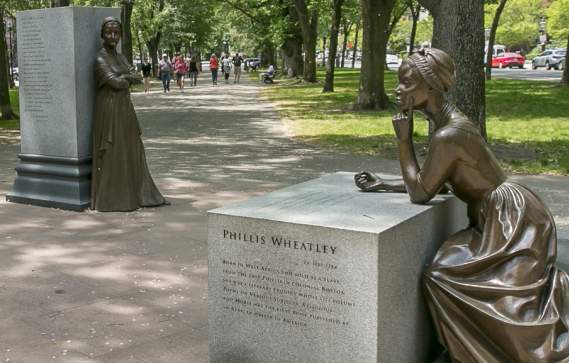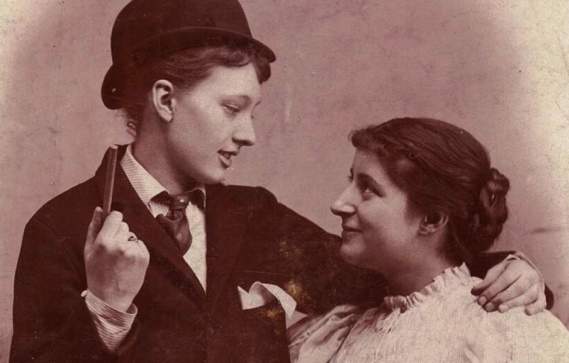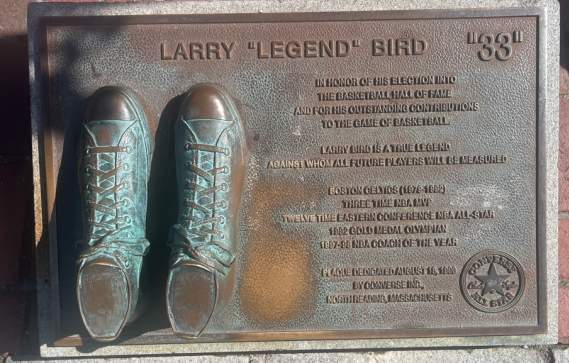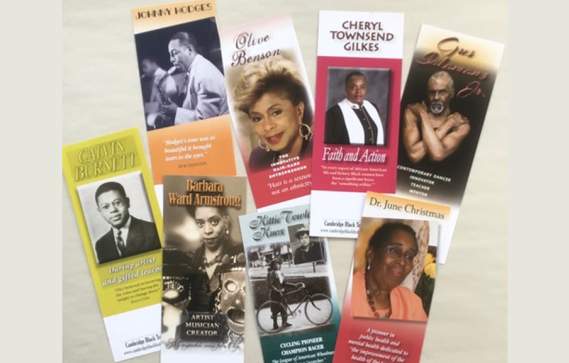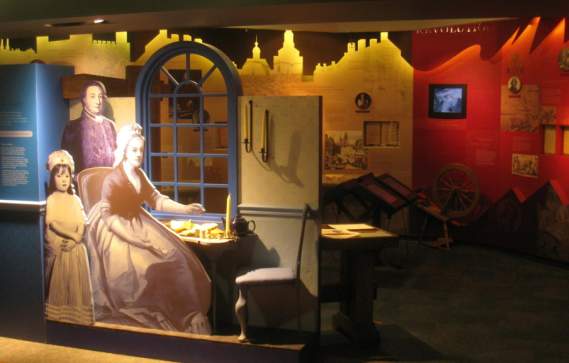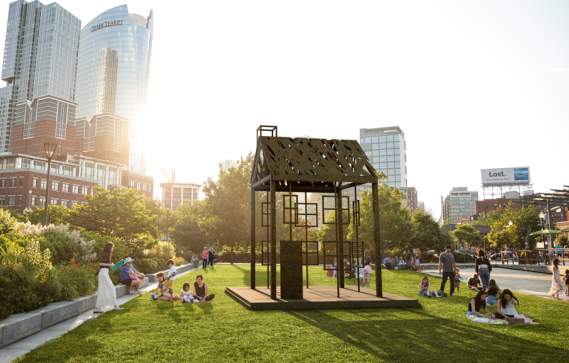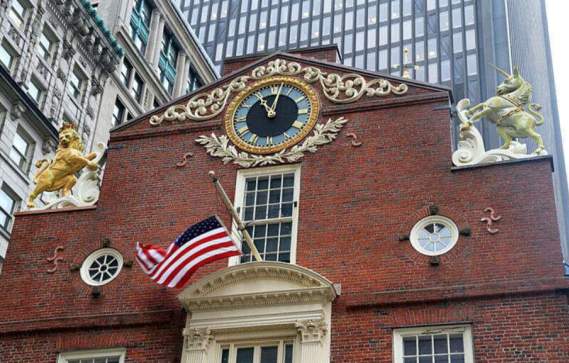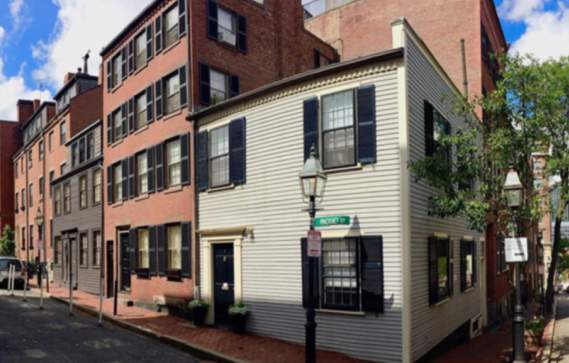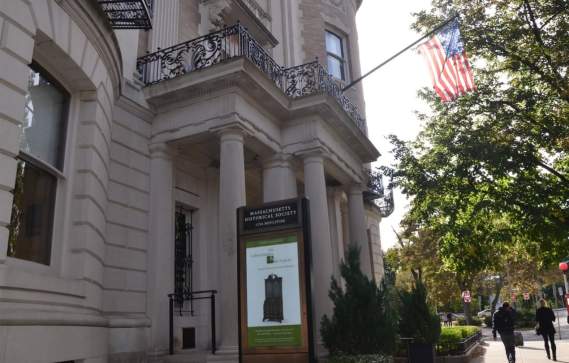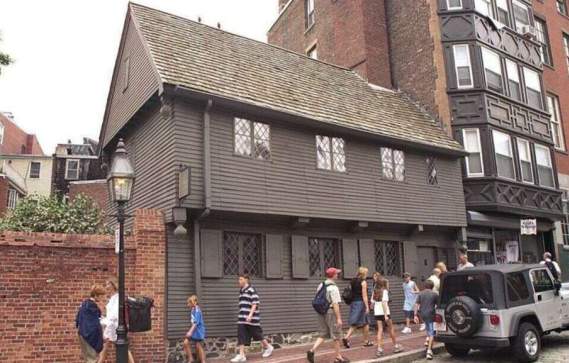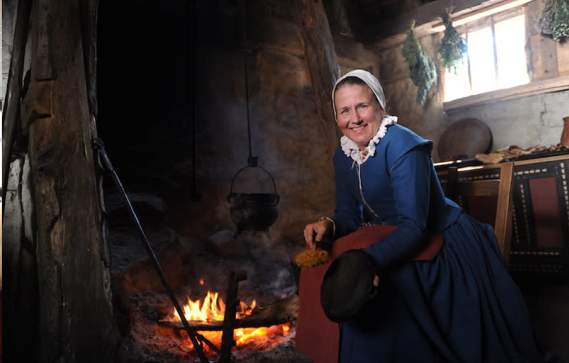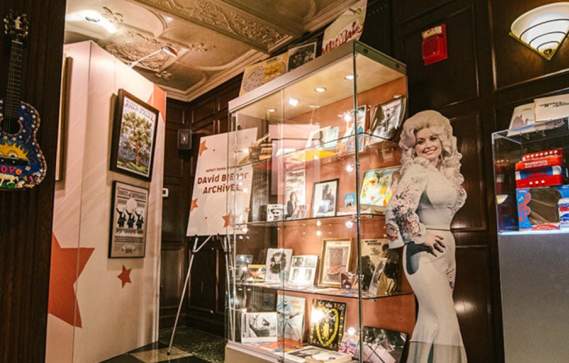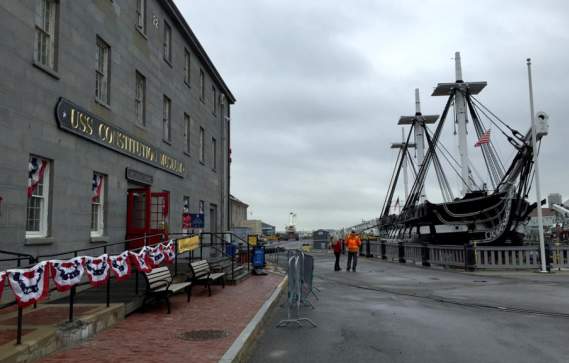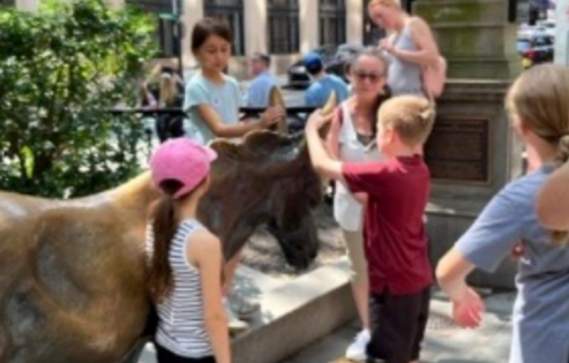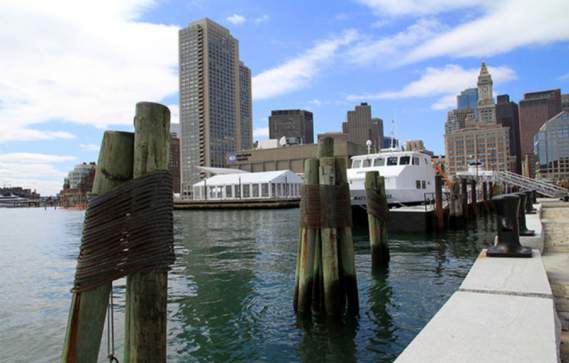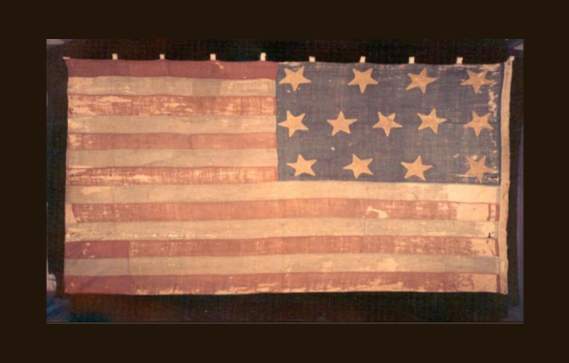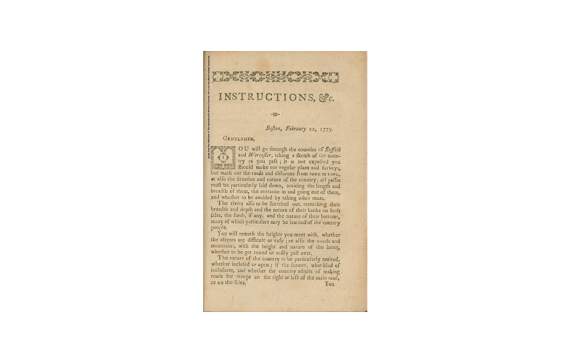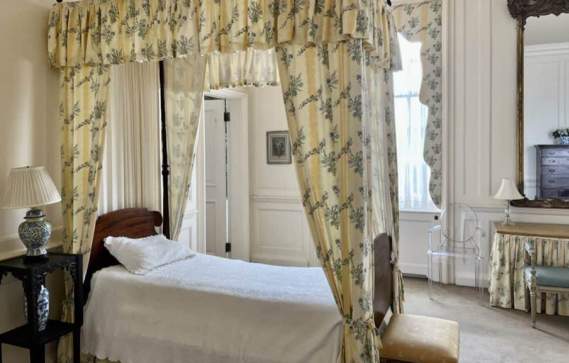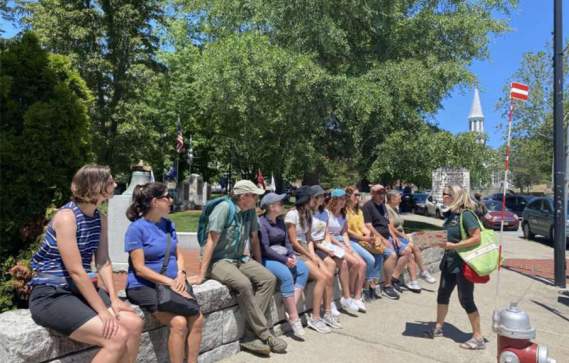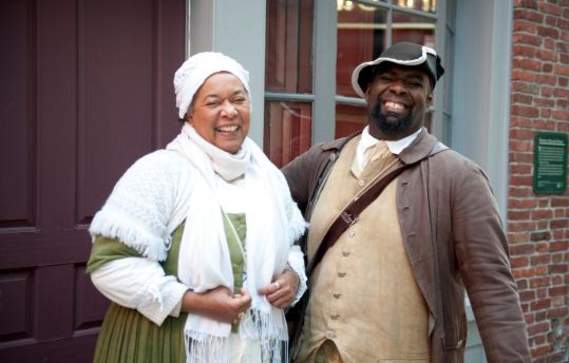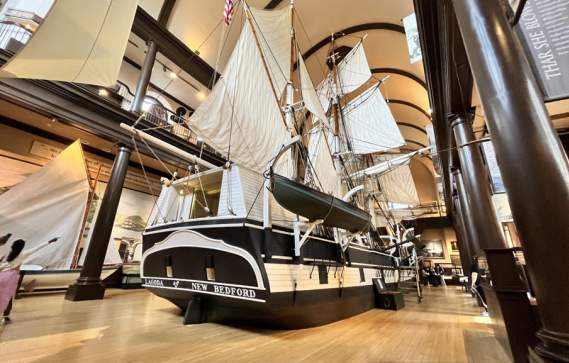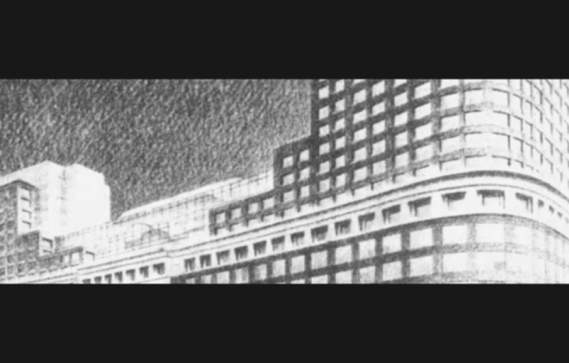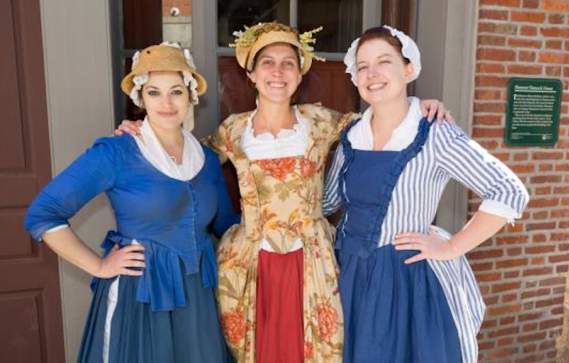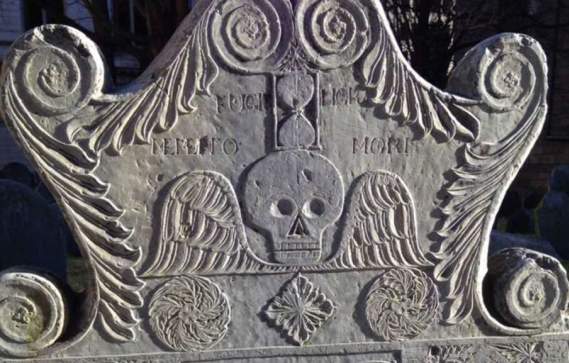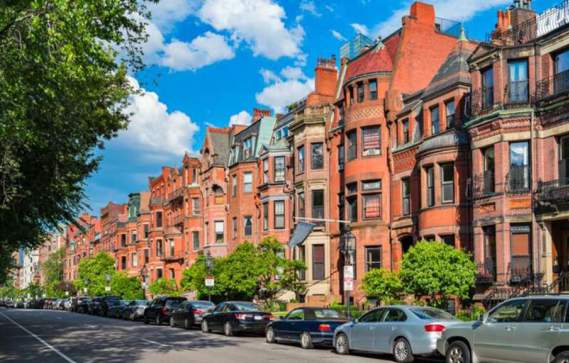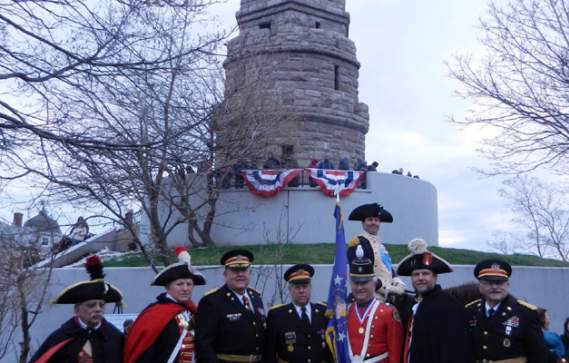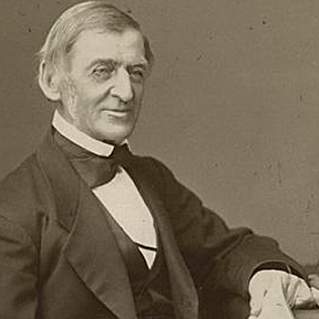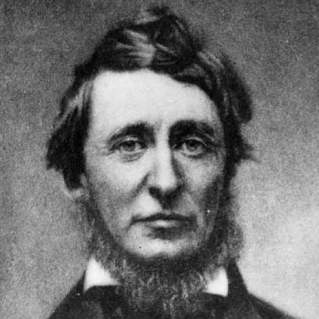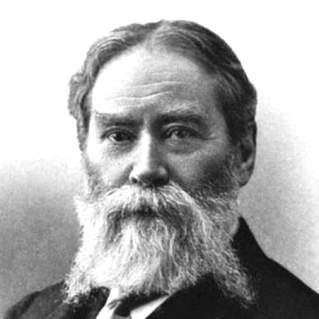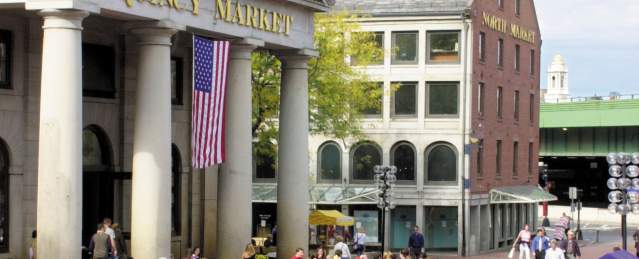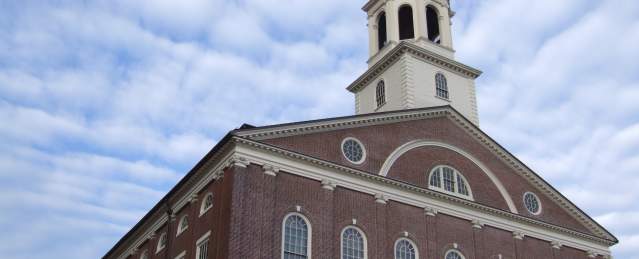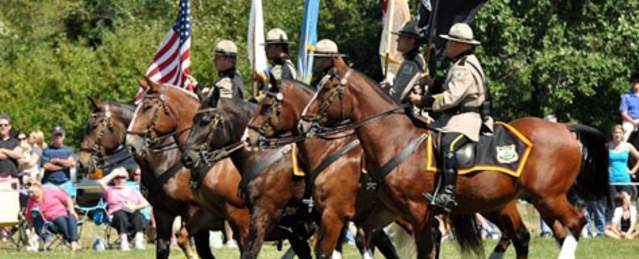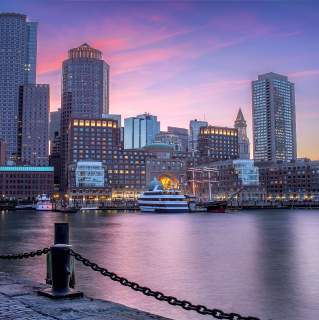Boston History
Boston has transformed itself countless times over four centuries since the Puritans arrived in 1630 and founded the Massachusetts Bay Colony. Early figures such as John Winthrop, Cotton Mather, and Anne Hutchinson endeavored to create a “City upon a Hill” where Puritan values would flourish in the New World. Venerable institutions such as Harvard College and Boston Latin School were founded to instill and propagate a New World education set forth by the Puritan clergy.
Book Your Trip
Loading hotel booking engine...
Itinerary Ideas
Boston Found Podcast - Exploring Revolutionary Spaces and the Unfinished Business of the American Revolution
Join us on the Boston Found podcast, hosted by Meet Boston CEO Martha Sheridan, as Nat Sheidley, president and CEO of Revolutionary Spaces, discusses the emergence of Revolutionary Spaces, the history of protest in Boston, the unfinished business of the American Revolution, the irony of Phillis Wheatley’s liberation, and the multiple struggles for freedom that still define the United States.
More Boston Found podcasts are available on our podcast page or wherever you get your podcasts.
Events/Activities
African American Women in Cambridge Walking Tour
This tour provides an opportunity to visit and interact with the spaces that influential Black women in Cambridge inhabited during…
Beacon Hill Guided Walking Tour
Explore the connection between architecture and politics in this tour along the charming streets of Beacon Hill's South Slope…
Boston 101: Historical Walking Tour
Boston conjures thoughts of Paul Revere, the Boston Massacre, and the start of the American Revolution. Take our walking tour and…
Boston by Little Feet - Tour for Children & Families
Travel through 300 years of history on this fun and interactive tour of Boston's Freedom Trail. Designed for families with…
Boston Common Visitor Center - Open Daily
The Boston Common Visitor Center is Open Daily! While visiting Boston, visit our Information Centers to book tours, buy souvenirs…
Boston Women's Memorial: Talking Statues Project
In honor of the 20th Anniversary of the Boston Women’s Memorial, special recordings have been created for the statues of prominent…
Boston's LGBTQ Past Walking Tour
Travel in the footsteps of Boston’s 19th and 20th century gay and lesbian friends. Explore Ralph Waldo Emerson and Walt Whitman's…
Boston's Only Sports Walking Tour
Lace up your sneakers and get ready to walk in the footsteps of sports legends - from the best of the best to everyday athletes…
Cambridge Black Trailblazer Bookmarks
Biographies of 23 Trailblazers have been published as bookmarks and distributed to all Cambridge public school libraries and to…
Commonwealth Museum
The Commonwealth Museum brings history alive through exhibits and educational programs. Changing exhibits interpret artifacts and…
Going to Ground Exhibit
Artist LaRissa Rogers will participate in public events surrounding her work Going to Ground , which responds to the history of…
Hammond Castle Museum: Daily Guided & Self-Guided Tours
Hammond Castle Museum is a dynamic STEAM museum, blending its historical significance as both a historic house museum and a…
Heart of the Freedom Trail Guided Walking Tour
This 1-hour tour is the perfect introduction to Boston’s Revolutionary history! Visit some of the key sites along the world-famous…
How Do You See the World?® Experience + Mapparium® Globe
The How Do You See the World? experience features compelling stories about global progress—how individuals worldwide have overcome…
Hub of Literary America Guided Walking Tour
Journey to Victorian Boston and see where writers and poets including Ralph Waldo Emerson, Louisa May Alcott and Henry David…
Lexington Visitor Center: Walking Tours
Let our costumed guides transport you back in time to 1775 as they share the events that occurred on this hallowed ground over 240…
Massachusetts Historical Society
Founded in 1791, the Massachusetts Historical Society is the nation's oldest historical society. The collections bring alive the…
North End: Boston's Immigration Gateway Guided Walking Tour
Explore Boston’s oldest neighborhood, the North End, with our knowledgeable guide. Discover the charm of this unique, compact city…
Plimoth Patuxet Museums
Plimoth Patuxet Museums explores the complex and interwoven stories of English and Indigenous cultures in the 17th century through…
Road to Revolution Guided Walking Tour
Explore the makings of a revolution! From the Boston Massacre to Paul Revere’s midnight ride, the birth of the American Revolution…
The Moonwalkers: A Journey with Tom Hanks
In this immersive exhibit, Tom Hanks narrates an epic 50-minute experience that offers a unique new perspective on humankind's…
Tour the Folk Americana Roots Hall of Fame
Get an exclusive look at the Wang Theatre & the Folk Americana Roots Hall of Fame exhibits by booking a tour! Reserve your…
Visit the USS Constitution Ship
Old Ironsides is one of the most famous ships in the history of the United States. Learn about the legacy of the USS Constitution…
BOSTON PARA PIES PEQUEÑOS - Tour in Spanish for Children & Families
Viaje a través de 300 años de historia en este recorrido divertido e interactivo por el Freedom Trail de Boston. Diseñado para…
Guided Tour: Jewish Beacon Hill
Journey to Beacon Hill’s North Slope at the turn of the 20th century. Explore the lives of its Jewish residents during a period of…
Reinventing Boston Guided Walking Tour
Explore Boston through a different lens that reveals the cycles of invention and reinvention that have shaped the built…
Massachusetts State House Art Collection
The State House Art Collection commemorates significant historical events, and pays tribute to government leaders and private…
“Spies Among Us” Year Long Exhibit
“Spies Among Us” will open on Thursday, February 6th at 10 a.m. during the museum’s first Thursday opening hours. We will be open…
Day Trip from Boston: Guided Tour of Castle Hill on the Crane Estate
Step into the grandeur of New England’s past with a visit to Castle Hill on the Crane Estate, a breathtaking National Historic…
In Washington's Footsteps Guided Walking Tour
This walk follows the first President on his six-day visit to Boston as part of his post-inaugural tour of New England in October…
Guided Tour in Russian: Jewish Beacon Hill
Journey to Beacon Hill’s North Slope at the turn of the 20th century. Explore the lives of its Jewish residents during a period of…
Battle of Fort Wagner (54th MA) Special Anniversary Walking Tour
Join Hub Town Tours as we commemorate the anniversary of the Battle of Fort Wagner in South Carolina with a special tour of Beacon…
250th Anniversary of the Battles of Lexington and Concord Exclusive Guided Tour
Commemorate The 250th anniversary of the historic battles of Lexington and Concord on our Exclusive North Bridge Walking Tour Step…
African American Patriots® Tour
Celebrate the African-American patriots that played a vital role in the start of the American Revolution in Boston and in the…
Explore New Bedford: Food Tour & Whaling Museum Experience
Join Keolis massAdventures on a unique day trip from South Station in Boston to New Bedford on the brand new Southcoast Rail…
A Forgotten History of the Artists Who Championed the American Revolution
The war that we now call the American Revolution was not only fought in the colonies with muskets and bayonets. On both sides of…
Guided Walking Tour Rowes Wharf: Sensationally Good City-Making
When the modern Rowes Wharf was conceived in 1982, it was a design competition with a bold vision of a new Boston. Learn why this…
Beacon Hill Walking tour in Russian
Explore the connection between architecture and politics in this tour along the charming streets of Beacon Hill's South Slope…
Revolutionary Women Tour
Discover the indomitable women who took part in the American Revolution, and the generations of women that followed, inaugurating…
Grave Undertakings Guided Walking Tour
Explore three of downtown Boston's burying grounds and learn about the customs surrounding death and dying in Puritan New England…
Back Bay's Victorian Architecture Tour
On this guided tour, explore how Boston’s back bay was filled in to become one of the United States’ richest collections of art…
First Flag Ceremony, First Flag Raising, and Grand Union Flag
Grand Union Flag Raising – First Flag Raising A Reenactment of the Raising of America’s First Flag Every New Year’s Day the…
Given its geographical location, Boston quickly came to rely on its port for commerce and sustenance. Trade was paramount and it was the emergence of Boston’s maritime merchants – trading goods like tea, sugar, fish, and tobacco – which ultimately led to a collision course with the British Empire. As the China Trade grew, along with Boston’s reliance on tea as an import and an export, and as Britain’s East India Company depreciated, a fraught situation developed; Britain, facing debt and discord, transferred war debts and trading deficits to its colonies.
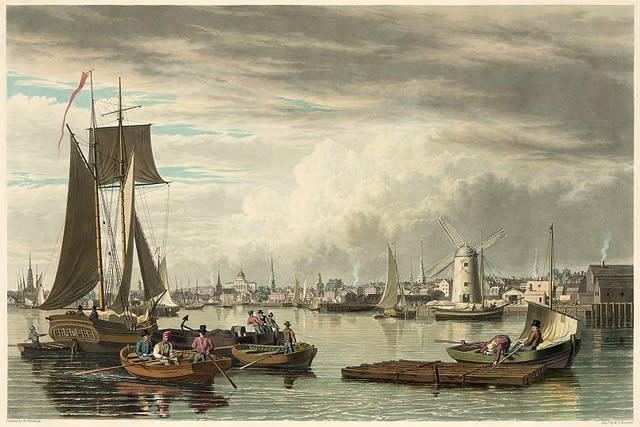
Boston was in a state of defiance and non-compliance from the outset. As the British Parliament passed a succession of acts aimed at taxing the colonists and restricting their political power, leading figures such as Sam Adams, John Hancock, John Adams and Paul Revere initiated a movement which transcended class lines and drove the people of Boston into open rebellion. Catalytic events such as the Boston Massacre and Boston Tea Party drove events inexorably towards revolution. By the time Paul Revere road into the countryside on April 18, 1775, the city of Boston was ready to fight. The Battle of Bunker Hill occurred two months later and by early 1776 General George Washington was in Boston to take control of the Continental Army.

Bunker Hill Monument
Following American Independence, Boston’s economy entered a new era of Clipper Ships, textile manufacturing and global trade. In terms of social and political developments, abolitionist fervor took the town by storm, led by Charles Sumner and William Lloyd Garrison and supported by a vociferous contingent of female abolitionists. Boston was home to a vibrant and active African-American community which populated Beacon Hill during this era; the first African-American Church, Meeting House, and School were all founded on Beacon Hill.
Also during this era, America’s nascent literary culture began to find its voice as esteemed Boston writers such as Henry Wadsworth Longfellow, Ralph Waldo Emerson, Henry David Thoreau, Nathaniel Hawthorne, and James Russell Lowell ushered in a prolific era of American writing.
In the mid to late 19th century Boston underwent dramatic change to its landscape and population. The arrival of immigrants from Ireland during the Potato Famine, and then from Italy, Germany, and Poland later in the century, fundamentally changed Boston’s human makeup and political leanings. Boston’s older caste, the Republican Yankee establishment, was slowly pushed to the margins of Boston’s political life. While the Yankees maintained control of Boston’s economic and educational institutions, Irish and Italian immigrants took over the city’s political apparatus. The immigrants brought to Boston a bevy of skilled and unskilled labor that was critical to Boston’s physical development beyond its downtown and port peninsula. Boston had outgrown its physical size by the 1840s and needed to create new land.

With the help of Irish labor, the city developed the South End and then the Back Bay, re-locating the Yankees during the 1860s and 1870s to the Victorian brownstones and town houses so associated with Boston’s Back Bay neighborhood. Soon enough, iconic landmarks such as Trinity Church and the Boston Public Library existed in the Back Bay as well. Not bad for an area that had been part of the Charles River Basin for millennia untold.

Boston Public Library
Always innovative, Boston spearheaded a number of firsts throughout the mid-19th century and early 20th century: ether was used as the first anesthetic at MGH, the nation’s first subway system went into operation, Alexander Graham Bell patented the telephone, and the first mutual fund went public courtesy of MA Financial Services. The city contracted with Frederick Law Olmstead to beautify Boston with a network of urban parks stretching from the Boston Common to Jamaica Plain. The Emerald Necklace was born and the project included the creation of the Back Bay Fens which, in turn, facilitated the development of Fenway Park, the oldest ballpark in Major League Baseball.
In the 20th century Boston continued its emergence as an innovation hub and world-class city. MIT moved across the river to Cambridge and transformed from a tech college to a world-class institute of engineering and technology. Bizarre and controversial events such as the North End Molasses Flood, Boston Police Strike, Brinks Robbery, Boston Strangler crimes, busing crisis, and destruction of the West End caused a fair share of intrigue and discordance while political figures such as James Michael Curley, John F. Kennedy, Thomas “Tip” O’Neill, Kevin White, and Michael Dukakis became household names. As the nation celebrated its bicentennial in 1976, Boston used funds generated from the anniversary to transform and revitalize Faneuil Hall Marketplace and create the Boston National Historical Park.
In the 1980s and 1990s, monumental tasks were undertaken to make Boston a cleaner, more aesthetically-pleasing city. The cleanup of Boston Harbor and creation of the Big Dig were the most prominent examples. Boston Harbor is now one of the cleanest urban harbors in the world. And while the Big Dig vastly exceeded its allotted budget and timeframe, it was a transformative project of unprecedented size that made Boston more efficient for travelers and more beautiful for tourists. The sprawling Rose Kennedy Greenway atop I-93 is a lush urban space affording visitors and residents alike relaxation and recreation within the city center, not to mention eclectic artisan markets, food trucks, public art installations, outdoor movies and interactive festivals.
As Boston looks ahead to 2024 and beyond, the development of One Seaport Square and the Innovation District in South Boston will hum along and continue to bring new industries of life sciences, biotechnology, pharmaceuticals, and consumer technology to the bustling district. Alongside the Seaport District, Kendall Square in Cambridge makes Greater Boston one of the world’s foremost innovation clusters, and a hotbed of biotech engineering and life sciences research and development.
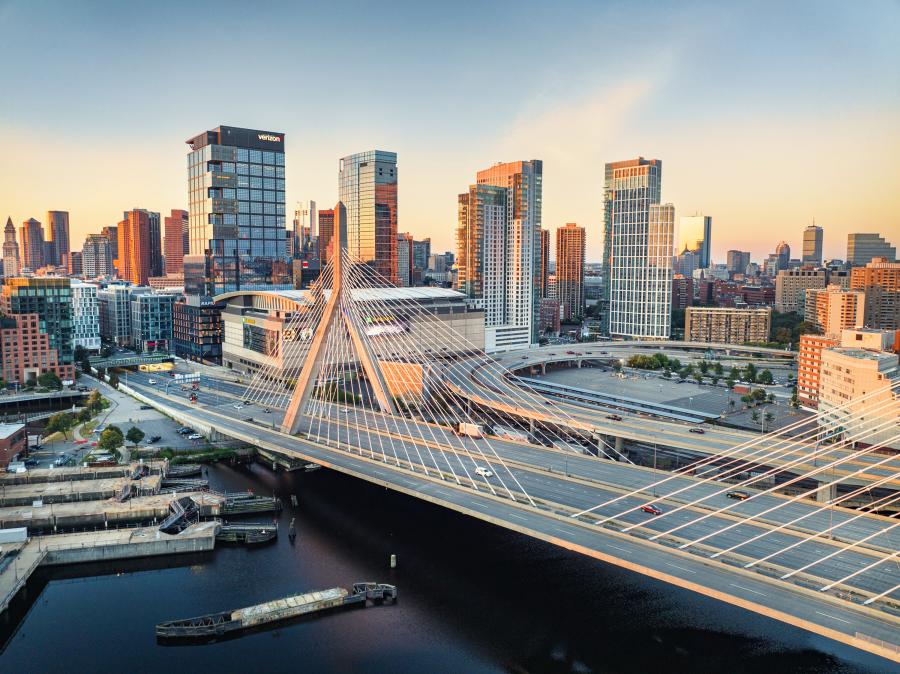
Boston will continue to embrace its past while formulating next steps to encourage the multiculturalism, inclusivity, and youthful character which collectively make the city a great cosmopolitan hub.




